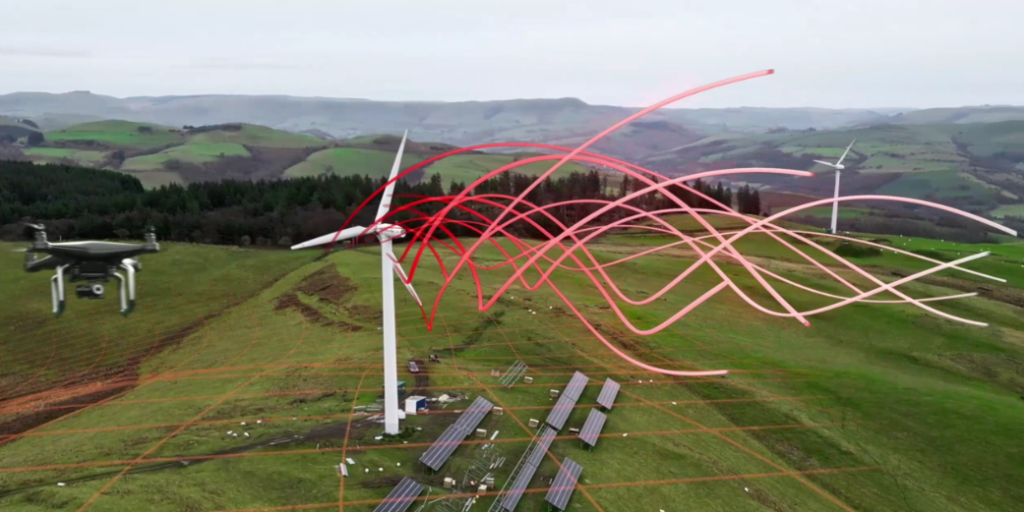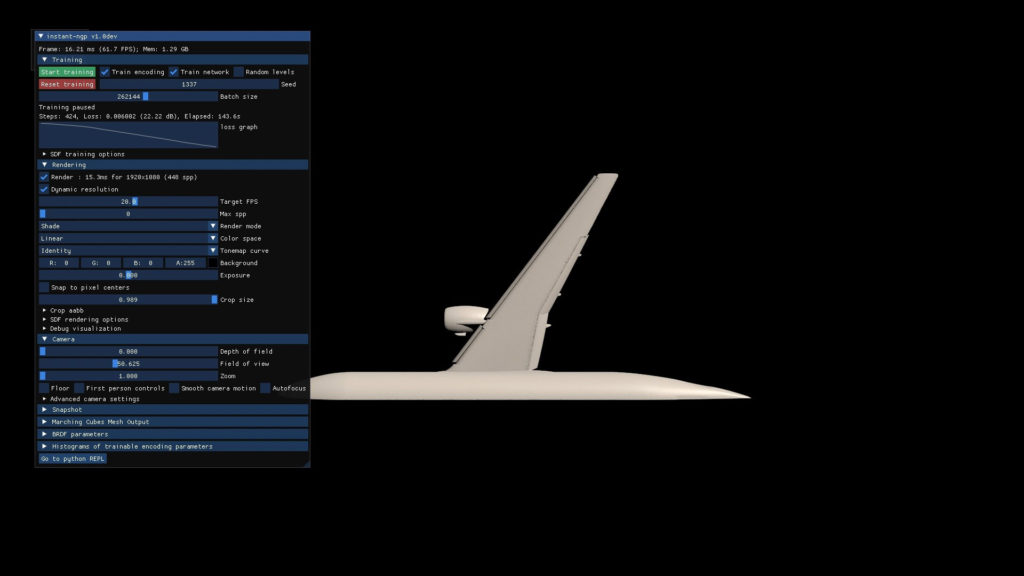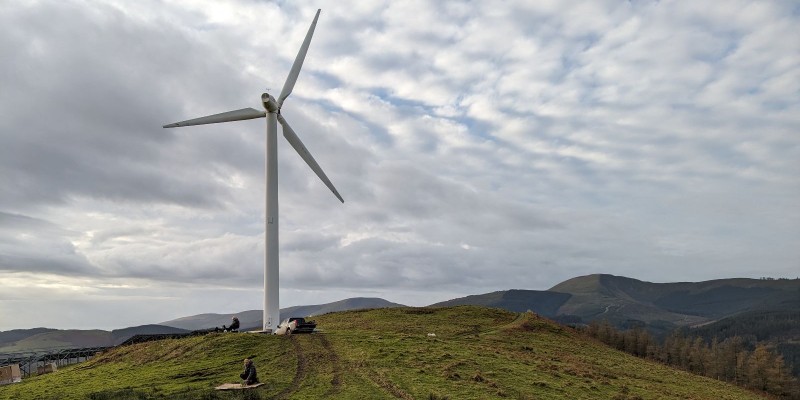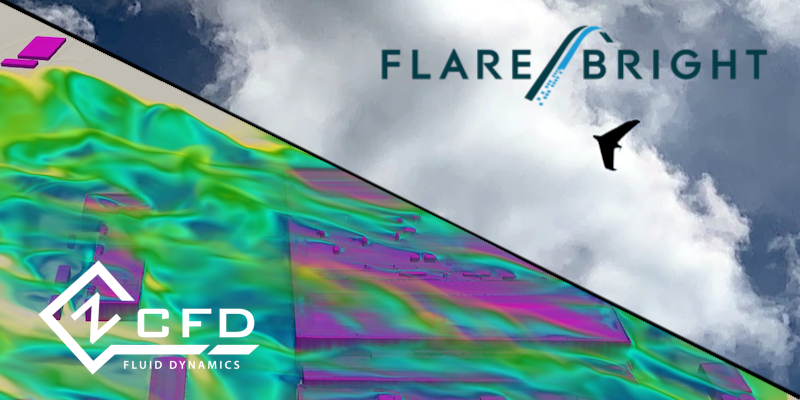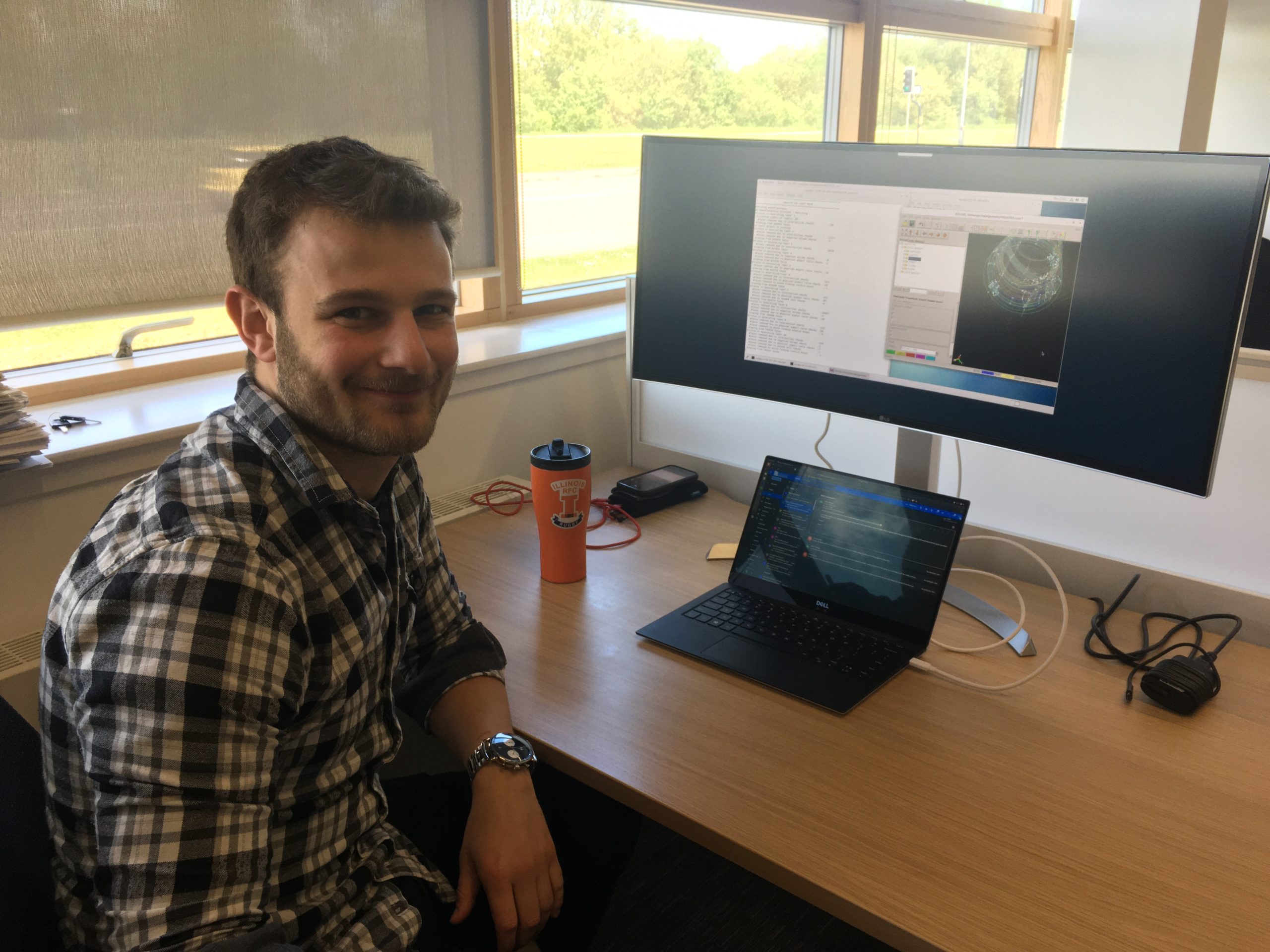
Our CFD tools are leading the way in the wind energy sector, predicting wind flow and the power produced, especially for wind farms on mountainous terrain. As a business, we collaborate on optimisation with both academic researchers and industry to develop our cutting-edge products. We are delighted that many universities are using our CFD tools in their teaching and research in the field of wind energy.
Recently, we caught up with Tom Wainwright from the University of Bristol in the Fluids and Aerodynamics Research Group who is 18 months into his PhD, studying High-Fidelity Multi-Disciplinary Optimisation for Wind Turbines.
He gained his Master’s degree from the University of Bristol in 2019, spending his third year at the University of Illinois. His interest in computational aerodynamics and optimisation only came later in his studies, brought about by units taught by Professors Bodony and Allen and Dr Dan Poole; the latter two are now his Secondary and Primary Supervisors, respectively.
Read on to find out more about Tom’s PhD, why being able to switch between zCFD on Windows and Linux has helped out during lockdown, the benefits of zCFD for students and what’s next for his research.
Can you summarise your current research project for us?
My research is concerned with harnessing efficient simulation technologies to perform high-fidelity multi-disciplinary optimisation studies for wind energy applications. Historically, high-fidelity CFD simulations have been too costly and therefore prohibitive for the wind energy design process. My work aims to investigate how accelerated CFD codes can be brought into the design process in a cost and time-effective manner.
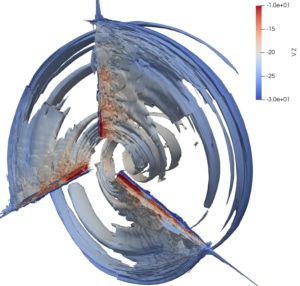
How do you find using zCFD?
Using zCFD for the aerodynamics simulation side of the project comes with several advantages, the most obvious being the speed. The ability to run the code on the GPU nodes of our cluster means we can get an aerodynamic solution in a fraction of the time than it would normally take. This allows not only speedier simulations, but also faster development time for the code.
Additionally, the open-source python layer makes modifying and coupling the code to our in-house Aeroelastic Turbine Optimisation Method (ATOM) extremely easy, both in terms of understanding how zCFD runs and the overall solver code structure, as well as the flexibility and ease of use of python, compared to other programming languages.
Depending on where I am, I tend to jump around between Windows and Linux operating systems, so having the ability to run zCFD locally on windows via WSL has proven to be a massive benefit. Rather than using one OS for development and another for research/writing, I can jump freely around between the two, using GitHub for source control. In a year when working arrangements have been less than consistent, this has been something I’ve grown to appreciate!
The University of Bristol offers zCFD to their students – what are the benefits?
Over the last couple of years, there has been a steady increase in the number of undergraduate and masters level students using zCFD for their research projects. For many of these students (like myself), this will be their first introduction to a commercial CFD code. Therefore, the biggest benefits to them are how accessible and easy the solver is to use, rather than the speed or scalability.
The extensive use of python for the control dictionary and open-source driver means the code is of a familiar language. The MyCluster functionality means deploying the code to any hardware on one of the three clusters at the University is extremely straightforward. Students can spend more time focusing on using the CFD solver for their research projects, rather than worrying about the nuances of cluster computing.
Invariably, the biggest advantage is the amount and quality of support we receive from the Zenotech team, whether it is the integration of features to the code or getting first test cases running and sorting out the optimum development environment.
What’s next for your research?
I actually just presented a paper at the Wind Energy Sciences Conference (WESC), which I co-authored with Jamil Appa and Oliver Darbyshire from Zenotech, focussing on the speed up gains of zCFD when it is deployed to wind energy problems. This is an advancement on our SciTech paper, looking at the deployment of the coupled zCFD-ATOM code across multiple CPU and GPU architectures.
Looking ahead, I’ve also just submitted a couple of abstracts to SciTech 2022 focussing on further extending the Fluid-Structure interaction work we are currently looking at, as well as an optimisation study on a new reference wind turbine blade. Sometime in the next 6 months, I will be looking to put some of the FSI work we have currently done into a journal paper.
Thanks to Tom for taking the time out for this Q and A, and we look forward to hearing more about the impact of his research.
Check out our earlier interview about CFD and wind energy with Alex Klein of Everoze, here. Sign up for our quarterly newsletter for more.
